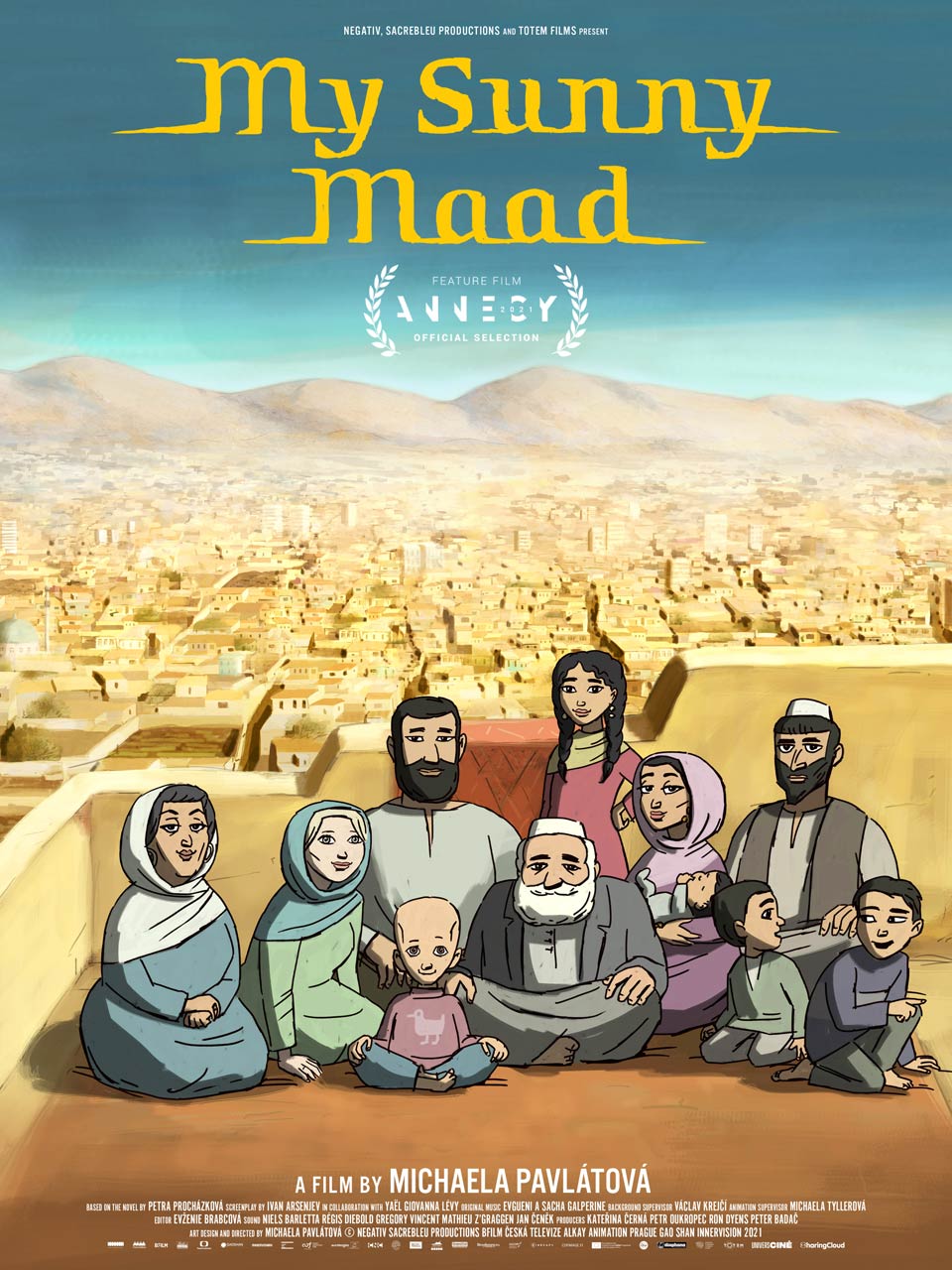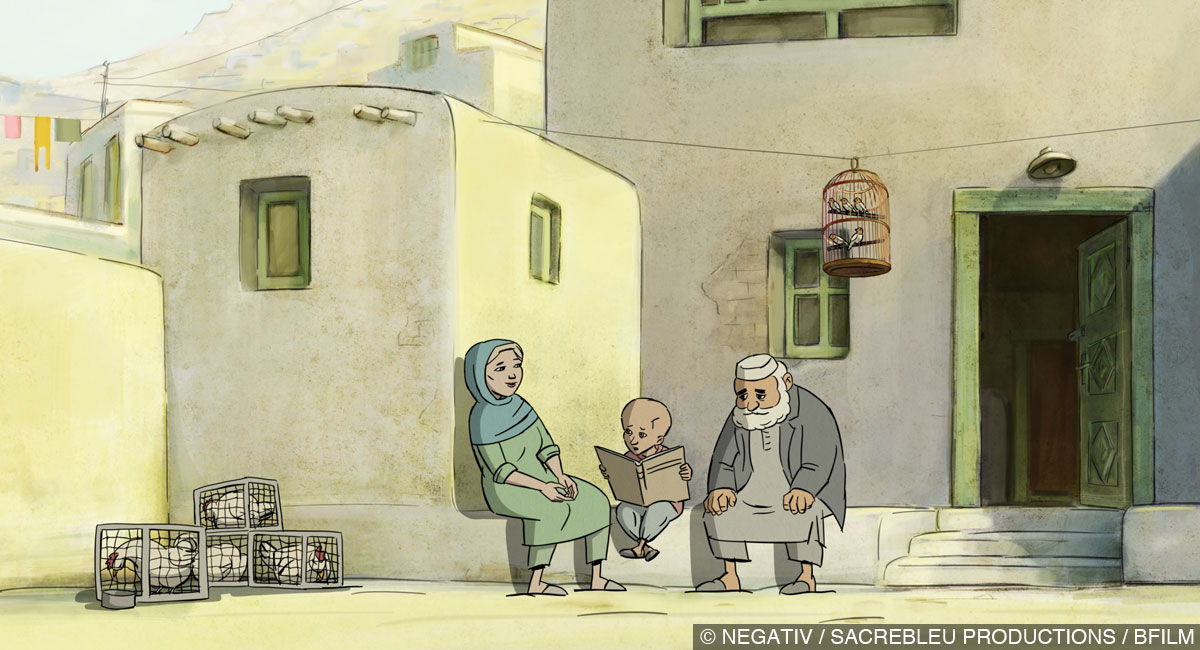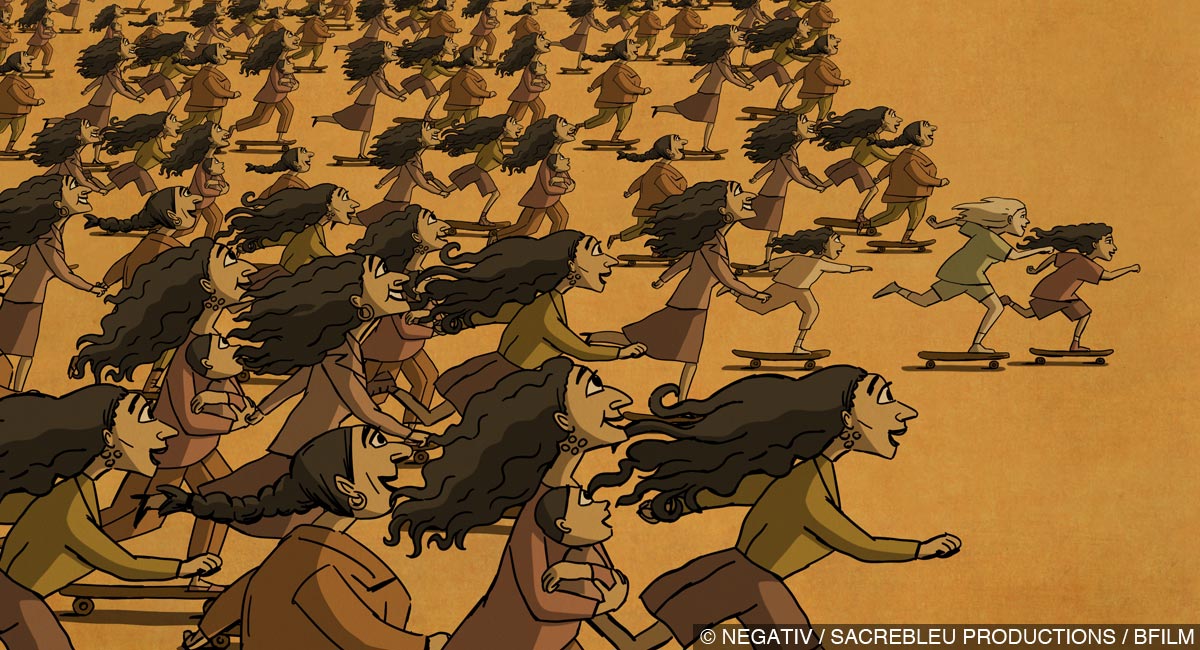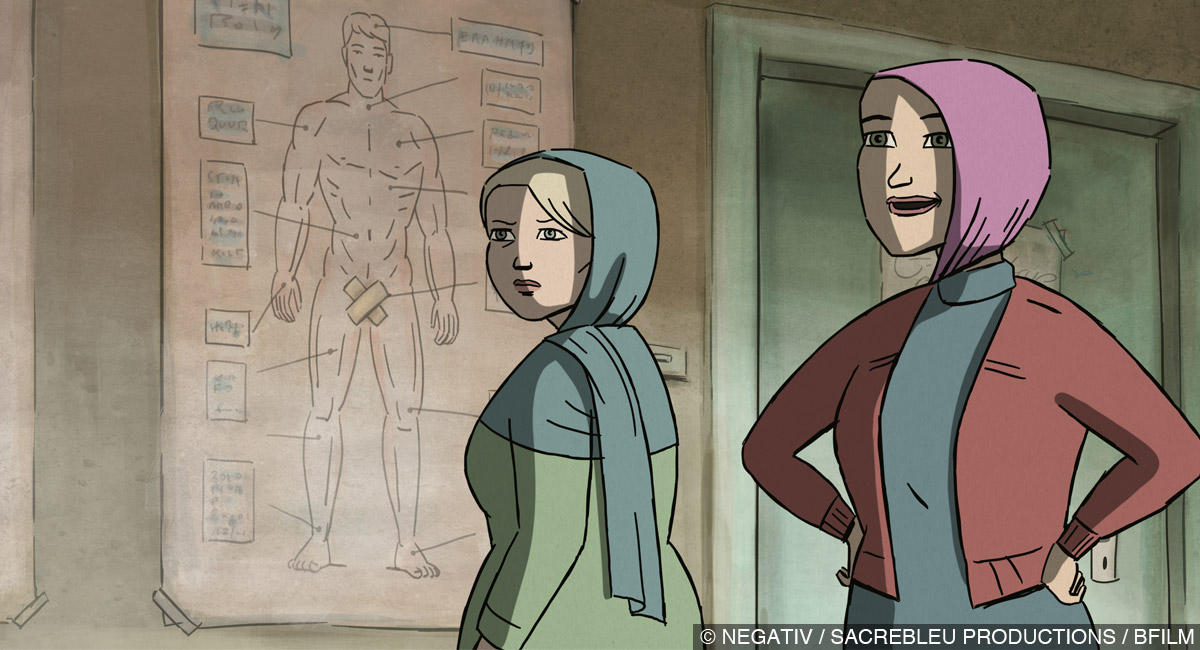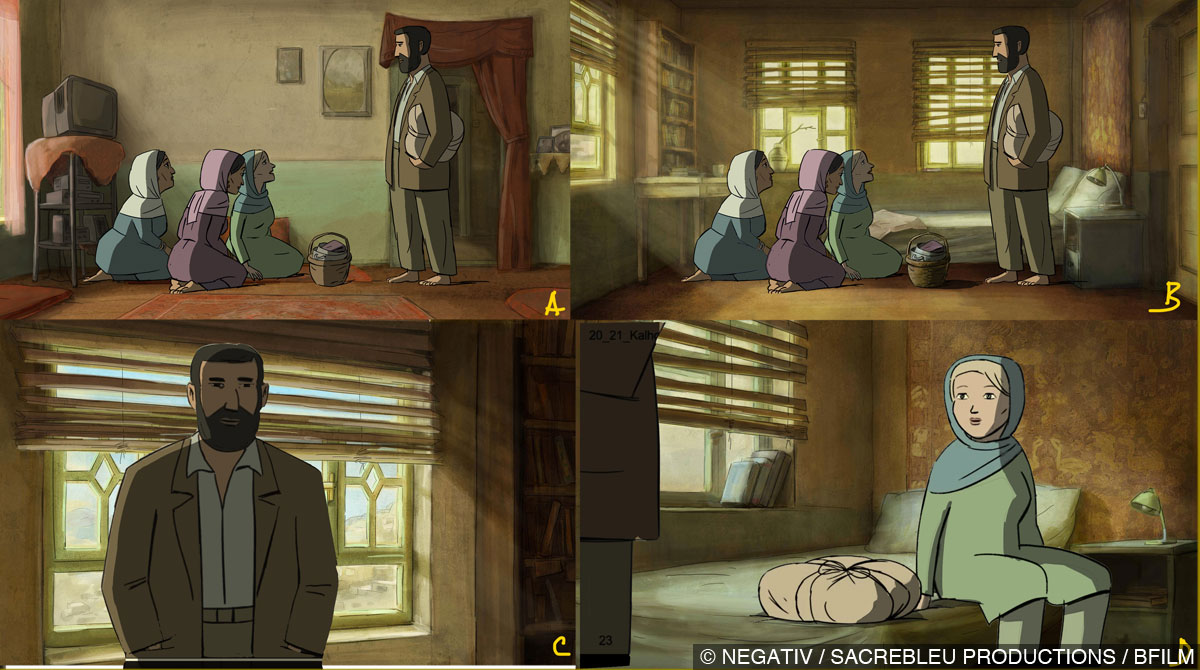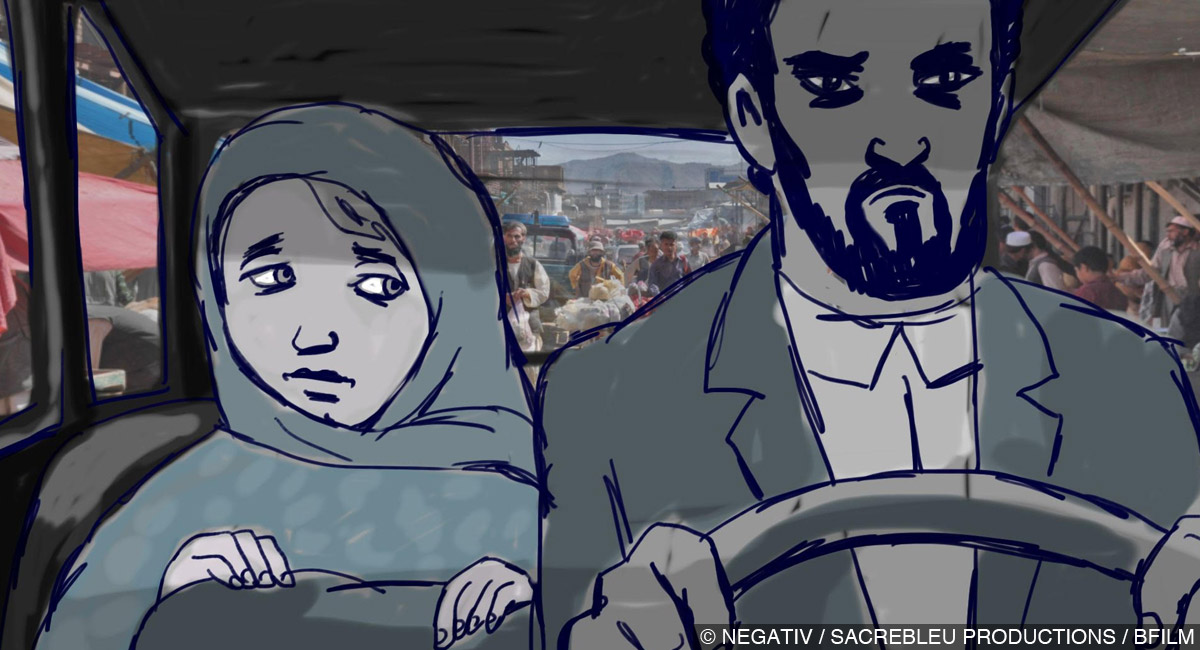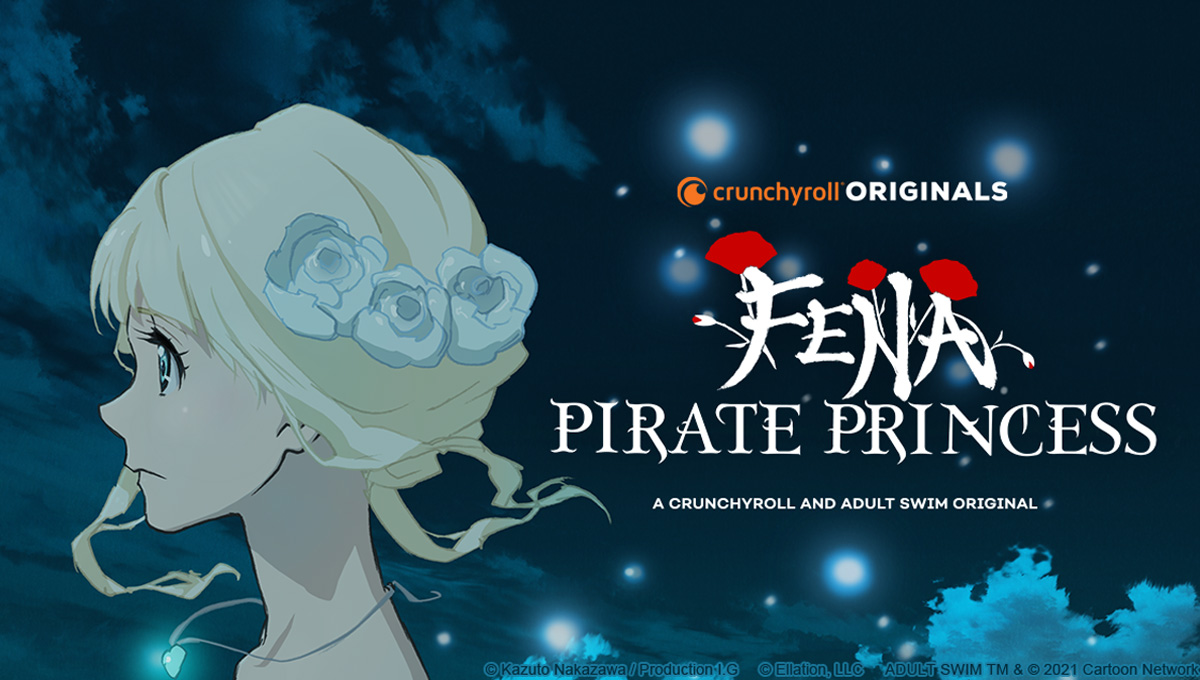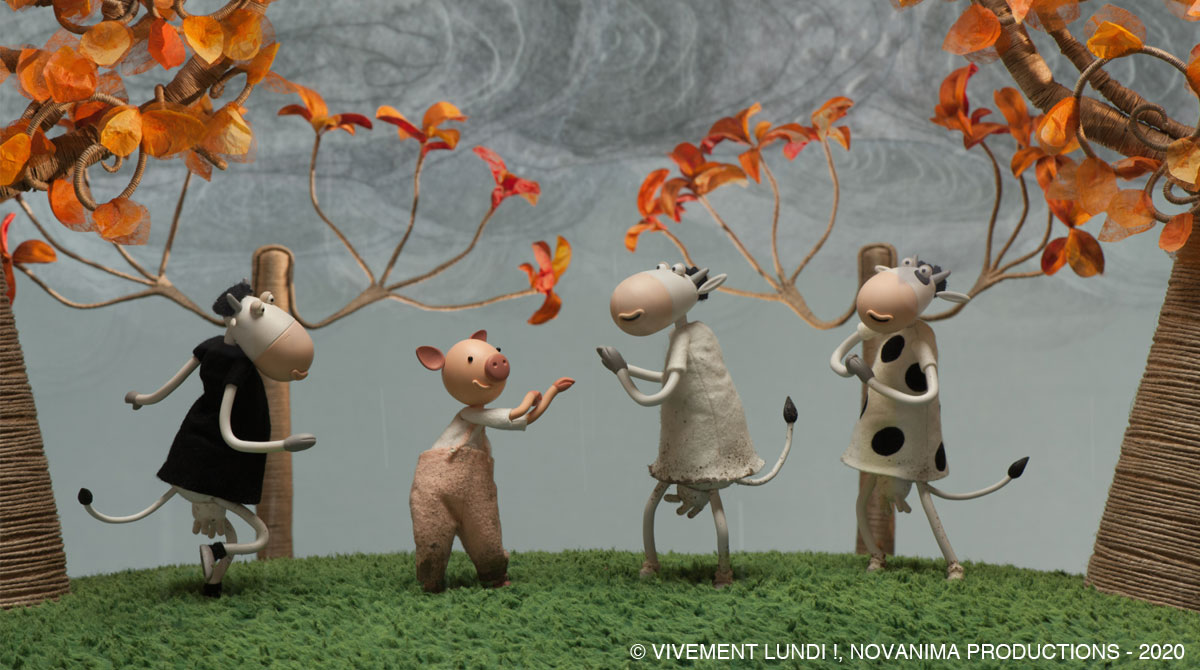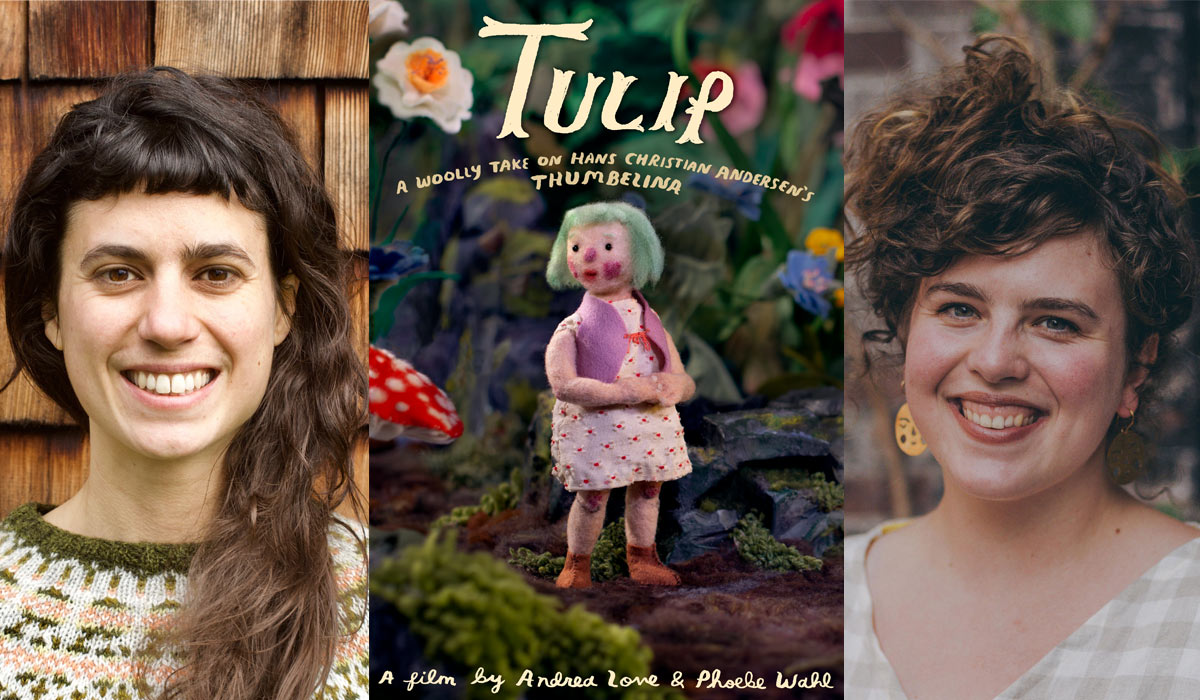My Sunny Maad
Synopsis
When Herra, a young Czech woman, falls in love with Nazir, an Afghan, she has no idea of the life that awaits her in a post-Taliban Afghanistan, nor of the family she is going to meet: a feminist grandfather, an adopted child who shines with his intelligence and Freshta, who would do anything to escape her violent and controlling husband. Like every woman of the family, Herra wears a burka and hides in a closet when guests arrive. Soon, she begins a new job with an American woman, Heidi, who doesn’t really understand how women live in Afghanistan and even less that everyone doesn’t want to be saved by Westerners.
Film Credits
Director: Michaela Pavlátová
Authors: Ivan Arsenjev and Yaël Levy (Inspired from Frišta written by Petra Procházková)
Artistic director: Michaela Pavlátová
Producers: Petr Oukropec (Negativ, Czech Republic), Ron Dyens (Sacrebleu Productions, France) and Peter Badač (BFILM, Slovakia)
Music: Evgueni and Sacha Galperine
Target Audience: Young adults / Adults
Technique: 2D digital
Running time: 01 h 21 min
My Sunny Maad is the first feature length animated film by Michaela Pavlátová, the Oscar-nominated and internationally-acclaimed Czech animation creator. The film had its world premiere at the Annecy International Animation Film Festival 2021 as one of the nominees for “Feature films in competition – Official”.
The film depicts a Czech women’s life drama following her marriage with a generous and gentle Afghan man in post-Taliban Afghanistan. There, she encounters a new life with many differences from Europe, represented in culture, social custom and family relationship. The story of her difficulties guides you well throughout the film with a well-balanced mix of heart-warming scenes and scenes with a touch of comedy.
The film story was inspired by Frišta, a novel by Czech journalist and humanitarian worker Petra Petra Procházková. Its theme is universal: The figure of an Afghan family in the film who try to keep pursing a happy everyday life gives you an opportunity to rediscover and reconfirm the importance and strength of love and tolerance for lovers and family members, which all human beings can relate with.
Here, we would like to deliver you the insightful story behind the film, which we hear from Michaela Pavlátová, so you can watch the film with a deeper level of understanding.
Interview with Michaela Pavlátová
Hideki Nagaishi (HN): What did you aim to depict in the film the most? And what message do you want to deliver to the audience through the film?
Michaela Pavlátová: I wanted to show that people are the same no matter where they live. We all have our dreams and desires, our loves and also troubles. Life is not black and white but it has many values. We have to try to understand other people, to be tolerant and at the same time to be brave to refuse violence and discrimination.
HN: How did the film project begin and how did you build the team?
Michaela Pavlátová: After making many short films, I felt I want to go further and take a challenge to make an animated feature film. I tried to write a script by myself, but soon I realized it will be better to find a book or a good script. My producer Negativ was also trying to find something for me. Then, one day, I bought a book named Frišta and immediatelly felt in love with it. And I realized that Negativ has already a good script based on this book. I worked with Negativ on many projects; We are a good team. And with Sacrebleu Productions we made my previous film Tram, so it was a natural choice.
HN: The film credits says that the film story was inspired by Frišta, a novel Petra Procházková. What did you most focus on and take care in while writing the story for the film with Ivan Arsenjev and Yaël Giovanna Lévy?
Michaela Pavlátová: When I came to the project, there already was the first version of the script, but it was originally written for a live action film. For animation, we had to simplify the story, to reduce the number of characters. I also wanted to put more attention to the main character, Herra, and to bring more humor because in the original book, Herra comments on everything around her with a great humor.
HN: What did you focus on the most in terms of the structure of the story? The story guides the audience clearly and succeeds in grabbing their attention throughout the film.
Michaela Pavlátová: I think the story works well because we spent really a long time on the script. I felt I have to concentrate on the story in order to serve to it, rather than to charm with the possibilities of animation. I intentionally selected the theme which is not exactly for animation because it is quite realistic. But for me it was very challenging to show that also in animation you can speak about serious things and to tell deep stories. I wanted to make a film where the audience forgets if it is animation or not, and simply follows the story.
HN: The characters in the film are depicted lively and in detail and it gives the film a strong reality. What kind of research did you do to accomplish that?
Michaela Pavlátová: Maybe it is because I wanted to show “real” people and avoid caricatures or “cartoony” characters or movements. Otherwise, it is a question of observing and precise timing. I asked animators not to make big movements or big gestures. We did not used any video references, just observed daily life, how people behave, how they move, how they speak.
HN: What did you focus on the most when you designed the visual of the characters and the story of the universe? What did you take care when you depict the inside of the characters with 2D animation?
Michaela Pavlátová: 2D animation is the most natural for my style. The visuals, characters as well as the backgrounds were originally more sketchy but it was very difficult for animators to work with it. So I had to find the style which will be easier for them to animate. Feature animation film is probably always the question of many compromises. Before, I made my short films mostly all by myself, this time it was very different. But you cannot make a feature film with one person. Working with a team is also positive; It is nice when other people bring their ideas and suggestions.
HN: Could you tell us about the story behind the music of the film?
Michaela Pavlátová: I was happy to work with Evgueni and Sacha Galperine. They gave me samples of their previous music as reference music, which I used for the animatic. It was then quite easy to work with them on the final music. Brothers Galperines have big experiences with a film music, they have similar sensitivities as me for the emotions we wanted to put in the film.



